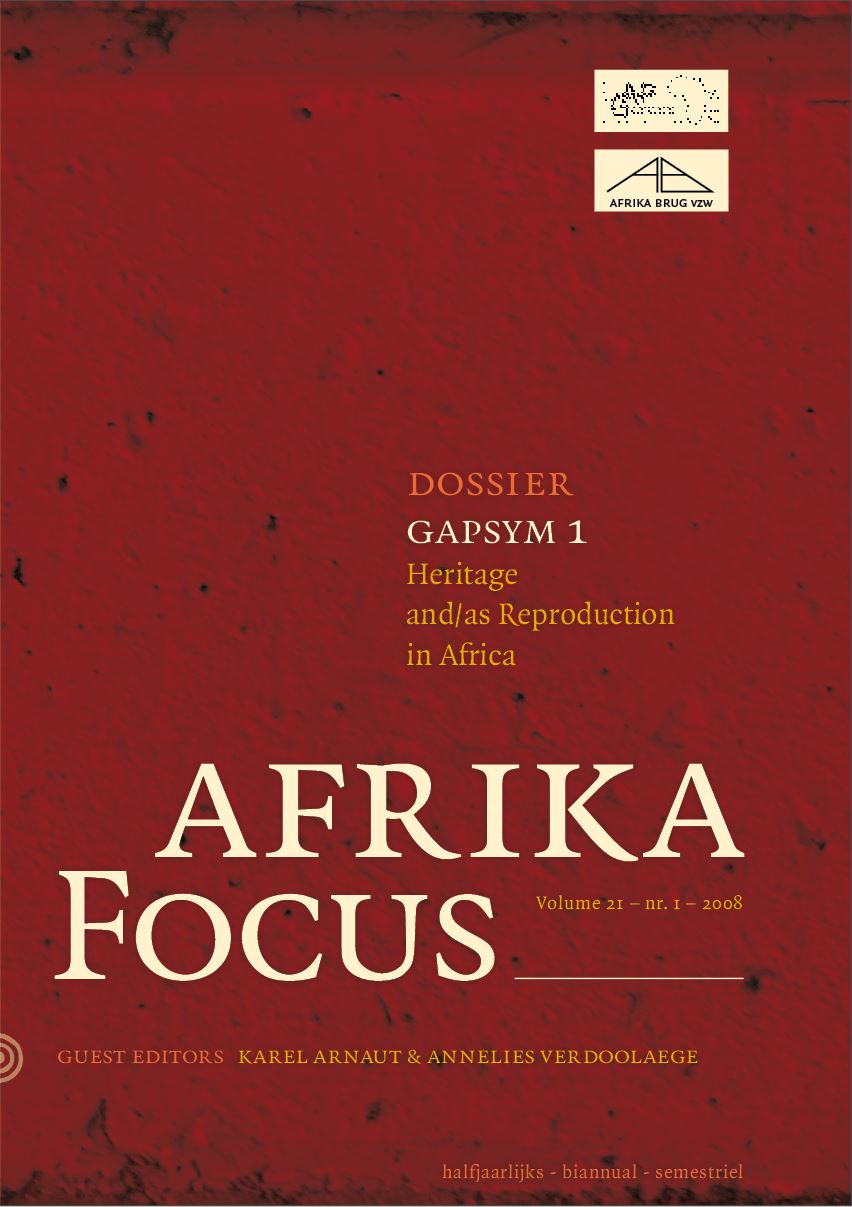African Botanical Heritage for New Crop Development
DOI:
https://doi.org/10.21825/af.v21i1.5058Abstract
The African continent is rather poor in plant biodiversity when compared to other continents on and around the equator. Nevertheless, lots of useful plant species have been domesticated from Sub-Sahara Africa material. Ethnobotanical research offers the possibility to collect information on the use and utility of wild plant species from traditional peoples often living in or close to a challenging natural environment. This type of information then allows us to find new candidates for domestication and subsequent crop development for income generation and increased food security. The case of Gnetum africanum illustrates the practical implications of developing a lesser-known species, and highlights the institutional problems that go together with niche crop development. The latter are subsequently presented and discussed in extenso, and solutions proposed in a second part of this review text. Key words: Ethnobotany, Domestication, Non-timber Forest Product, Value Chain, MarketingDownloads
Published
How to Cite
Issue
Section
License
Authors who publish with this journal agree to the following terms
Authors retain copyright and grant the journal right of first publication with the work simultaneously licensed under a Creative Commons Attribution License that allows others to share the work with an acknowledgement of the work's authorship and initial publication in this journal.
Authors are able to enter into separate, additional contractual arrangements for the non-exclusive distribution of the journal's published version of the work (e.g., post it to an institutional repository or publish it in a book), with an acknowledgement of its initial publication in this journal.
Authors are permitted and encouraged to post their work online (e.g., in institutional repositories or on their website) prior to and during the submission process, as it can lead to productive exchanges, as well as earlier and greater citation of published work (See The Effect of Open Access).


